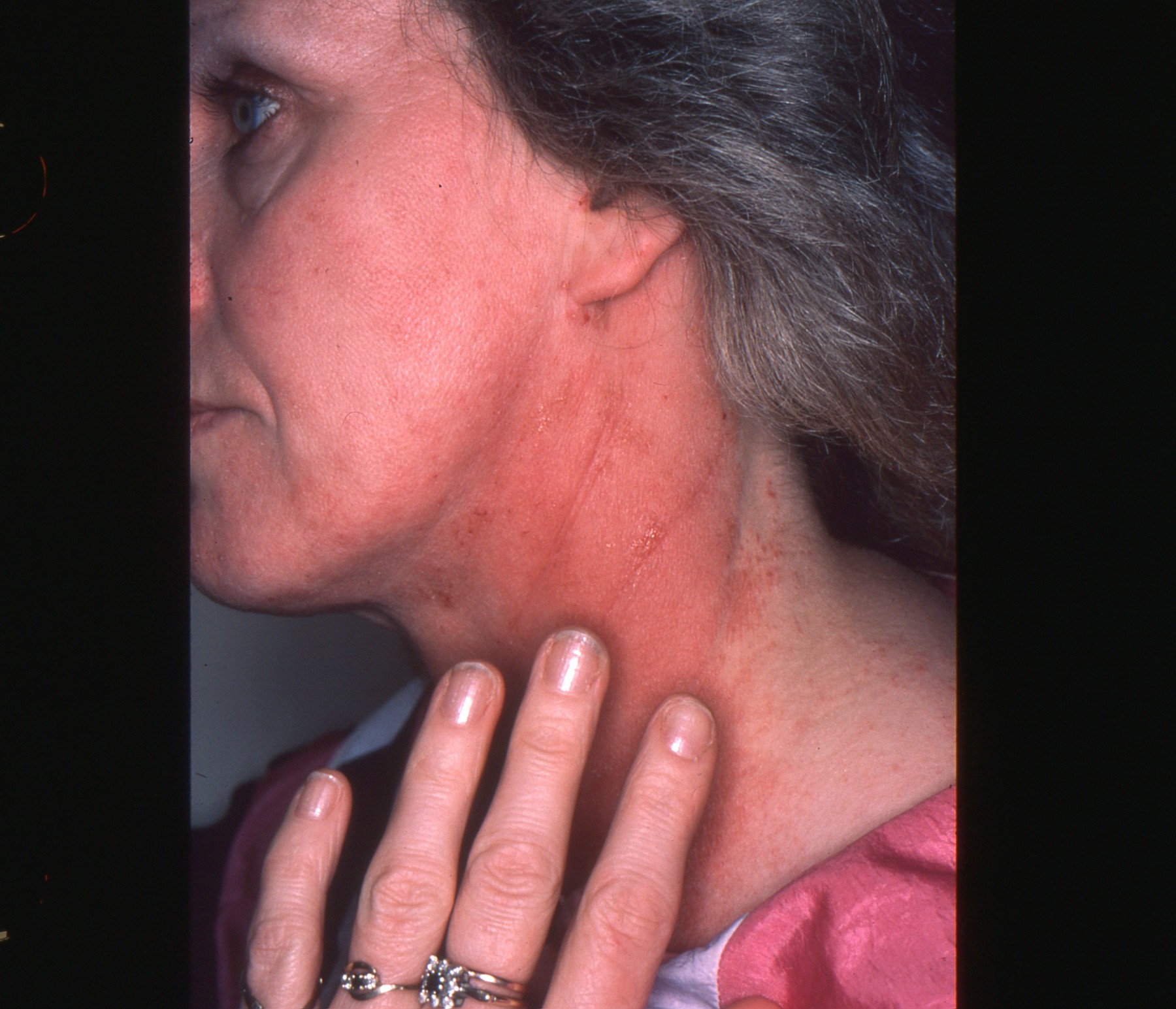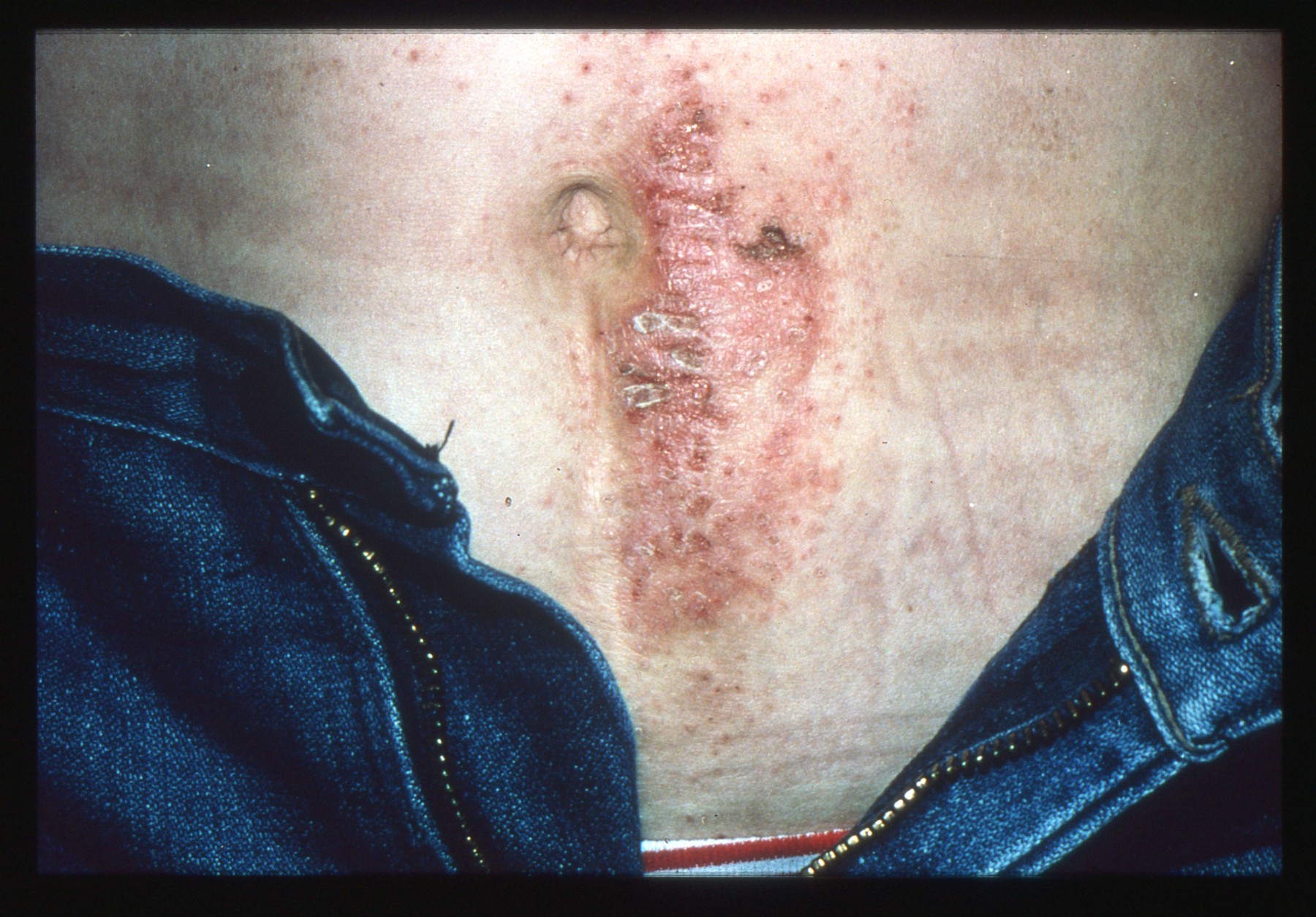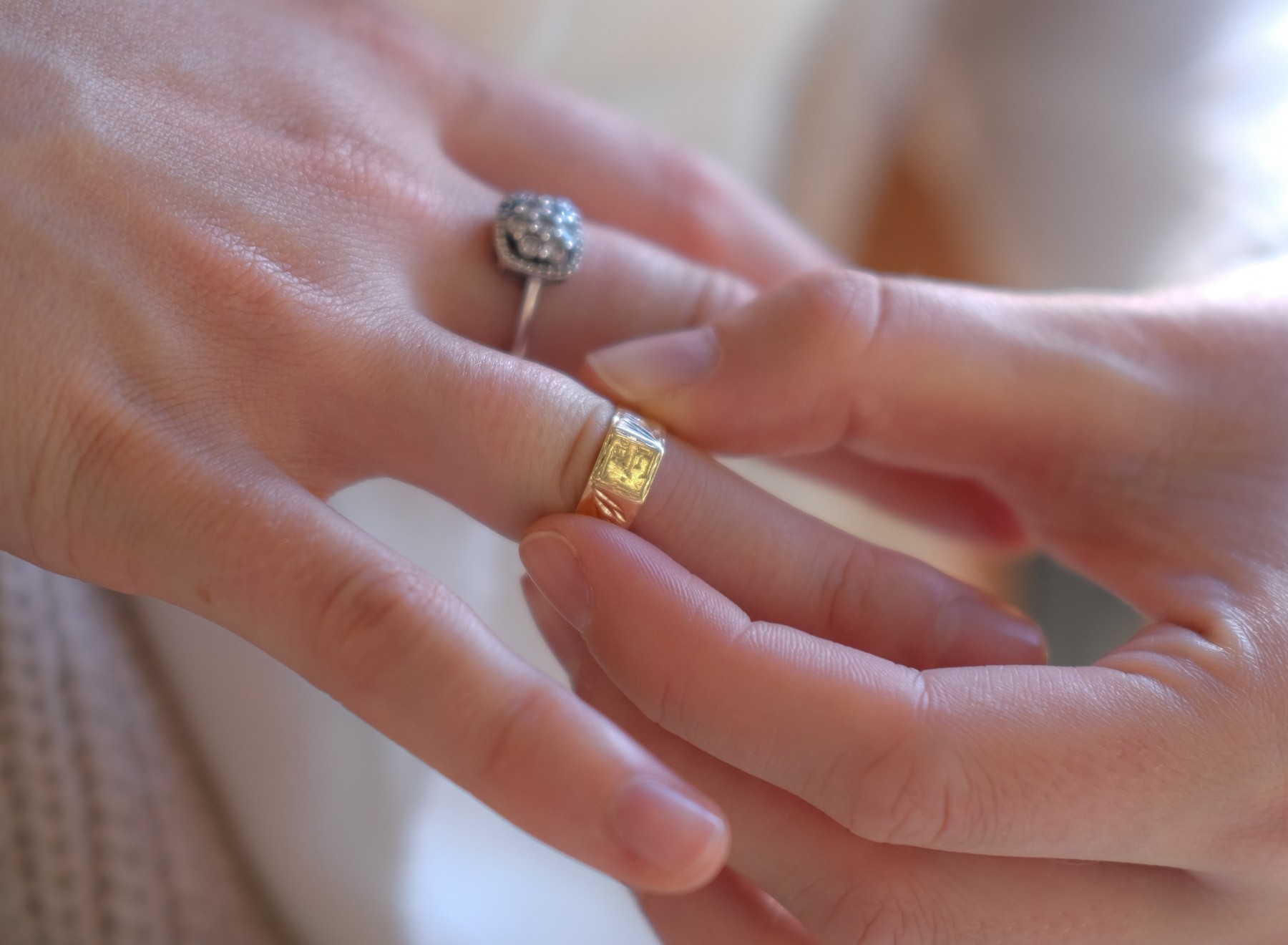Whether it’s a piece of jewellery, an item of clothing or a handbag, if the item is releasing nickel, it can present a serious risk to consumer health and safety.
Nickel sensitisation is a particularly nasty allergic reaction; it can flare up in angry, sore rashes, develop lesions and require medical attention in extreme cases.
And once you’re sensitised, you’re sensitised for life. So when it comes to nickel or its compounds, it’s a case of once bitten, always shy.
How do you know if you’re sensitised?
Unless you’ve had the misfortune to have worn or come into close contact with an item which is releasing nickel, it is likely that you aren’t.
Nickel sensitisation is caused by items, often jewellery, releasing nickel into the skin. It’s true that some people have a lower threshold for this sensitisation. However, in theory, nickel sensitisation could affect anyone.
But nickel isn’t used in jewellery manufacture. Right?
We encourage our customers - retailers, wholesalers and manufacturers – to test both at source of production and also the finished articles in market (for quality control) for nickel. We know from experience that it is not enough to test component parts; finished articles require testing as certain elements of the production process can cause nickel release or contamination.
Just because a manufacturer claims that an item doesn’t contain nickel, this does not preclude the use of nickel within findings, during the production process or even tooling cross-contamination.

It’s critical that assumptions are never made when it comes to manufacture, especially if you’re sourcing from a supplier who exports to multiple territories. Not all regions are as stringent as the EU when it comes to consumer protection.
What does the law say?
Nickel has been regulated by EU legislation since 2000 and there are clearly defined limits as to how much Nickel can be released from any item that is intended to come into prolonged and direct contact with the skin.
EU REACH (Registration, Evaluation, Authorisation and restriction of Chemicals) regulations require a Nickel Release test to be carried out using the international standard, BS EN 1811 2011 +A1: 2015.

So what does this legislation apply to?
Nickel legislation applies to all items that are intended to come into direct and prolonged contact with the skin. Specific products cited in the EU regulations include; earrings, necklaces, bracelets, chains, anklets and finger rings, wrist-watch cases, watch straps and tighteners, rivet buttons, tighteners, rivets, zippers and metal marks. These could be contained in or intended to be used in garments.
This list is not exhaustive and suppliers should consider all items such as buckles for shoes and belts, handbag straps and handles, hair clips, ear pieces and more.
How can AnchorCert Analytical help me to comply?
No brand wants to get a reputation for rash causing jewellery. That’s a given. That’s where we can help provide you with the reassurance you need, with reports that you can trust, produced faster than any other commercial laboratory in the world.
We offer unique UKAS accredited Quick Nickel, Lead and Cadmium tests – with a turnaround of just 5 working days versus the industry standard of ten. And don’t be fooled by any other lab promoting a quick test – our test is a full methodology.
Not just a swab test.
So… what are you waiting for?
As an independent testing house, AnchorCert Analytical can ensure that you are compliant with the EU REACH regulations. We also offer UKAS accredited full Nickel, Lead and Cadmium tests.
For more information on REACH regulations, or to enquire about any of our testing services, contact our AnchorCert Analytical team on the details below or email testing@theassayoffice.co.uk
Tim Smith, Business Development Manager: 0121 262 1036
Vikki Vallender, Business Development Manager: 07702 260895
Steve Franklin, Business Development Executive: 0121 262 1017
Sophie Nicholls, Commercial Assistant: 0121 262 1061
Interested in finding out more about consumer product safety compliance?
Join our AnchorCert Academy course on 23rd June 2016!
Your item has been added to the basket
You need to create an account, or login before you can add this item to your basket.







